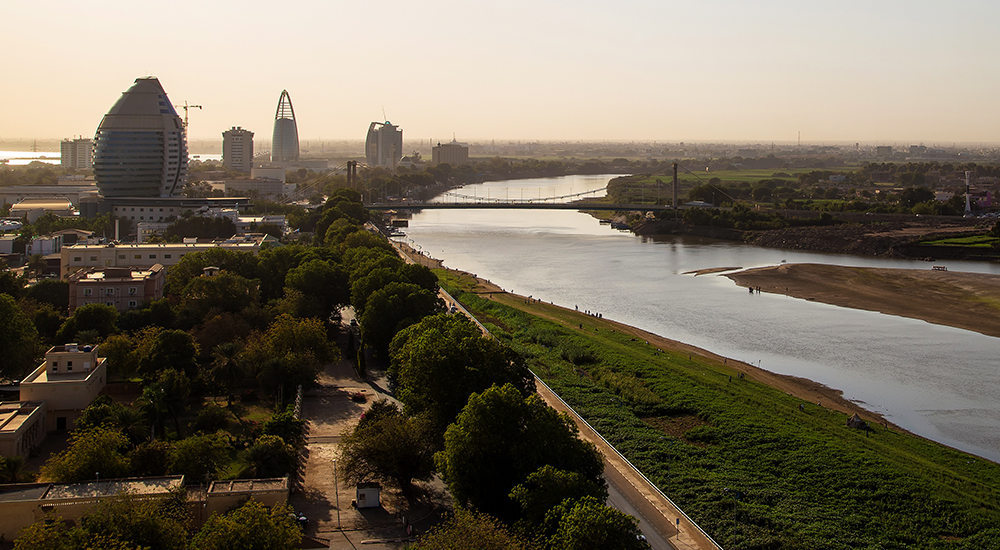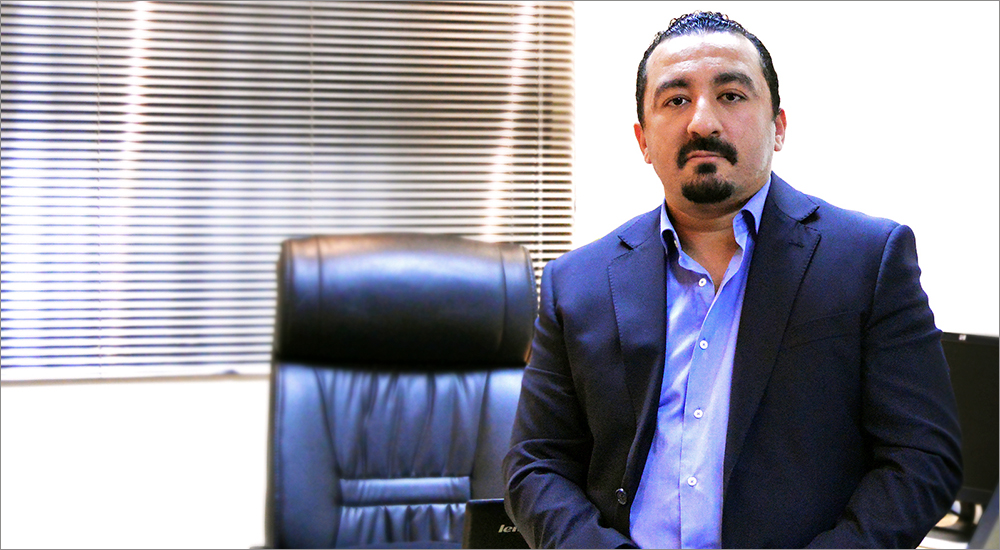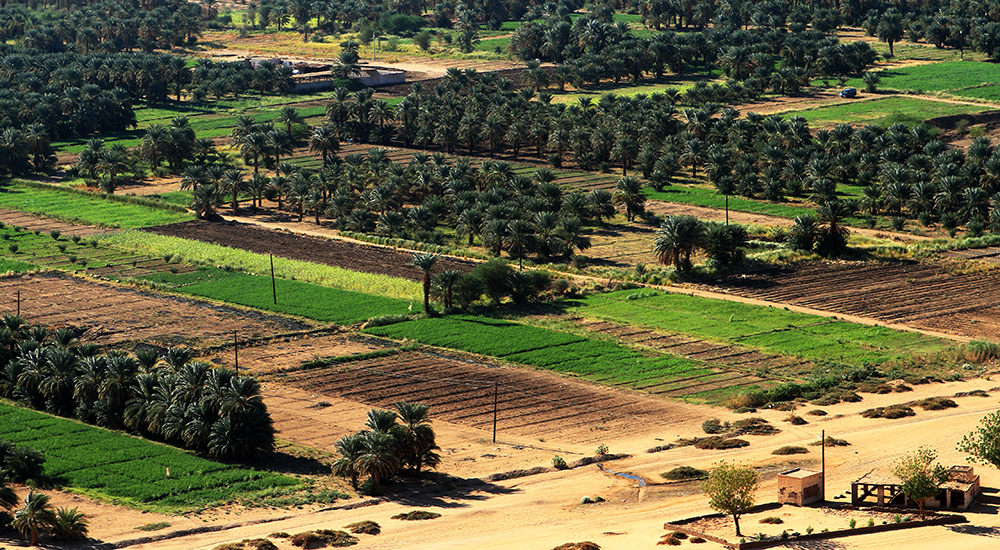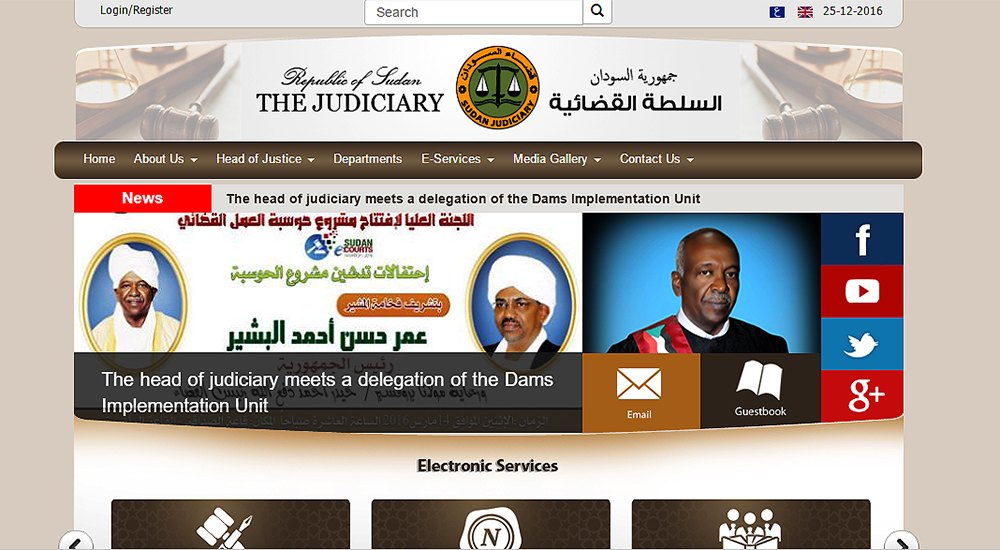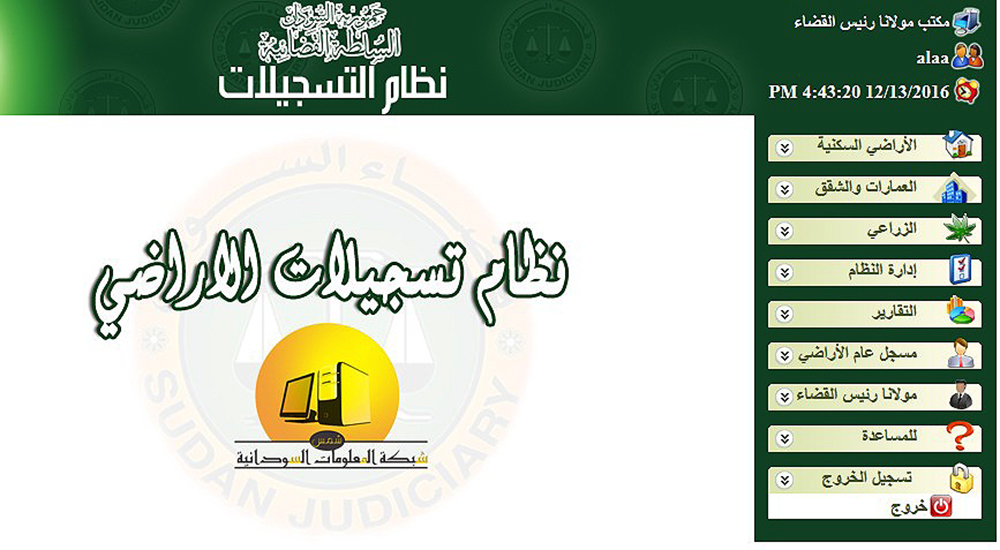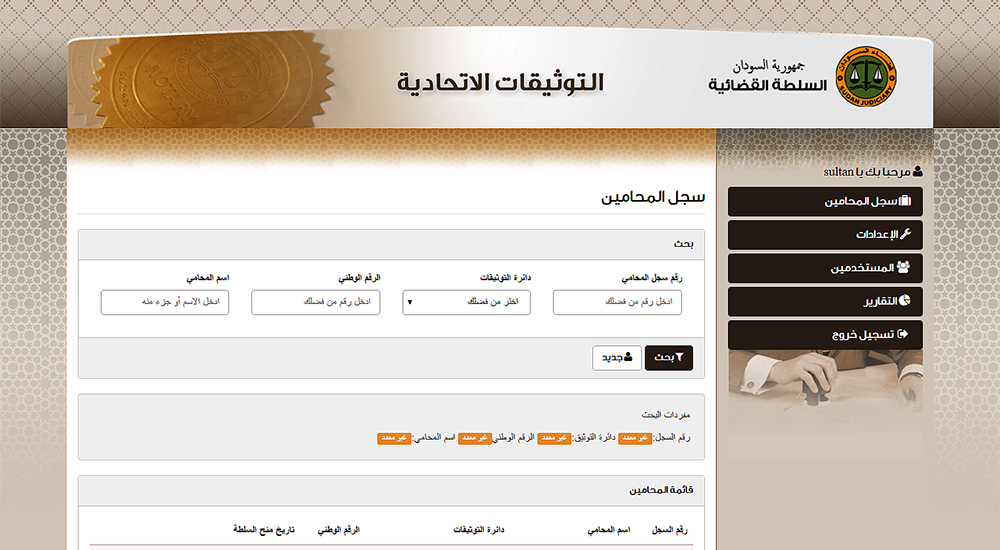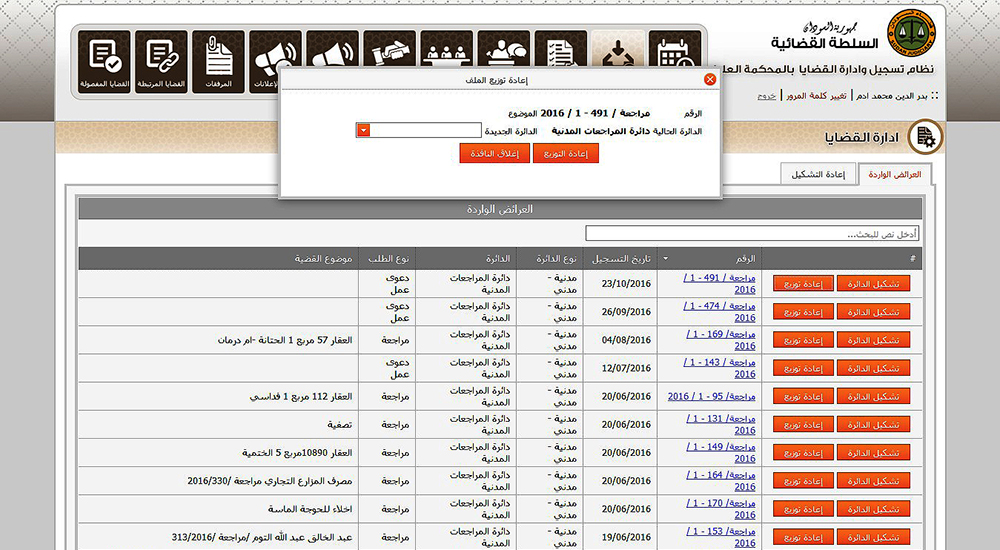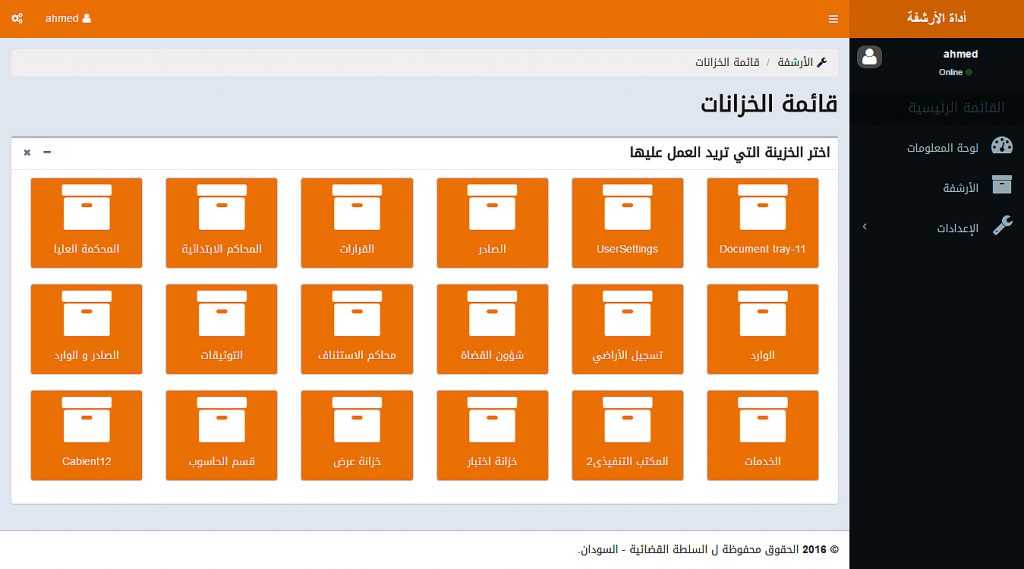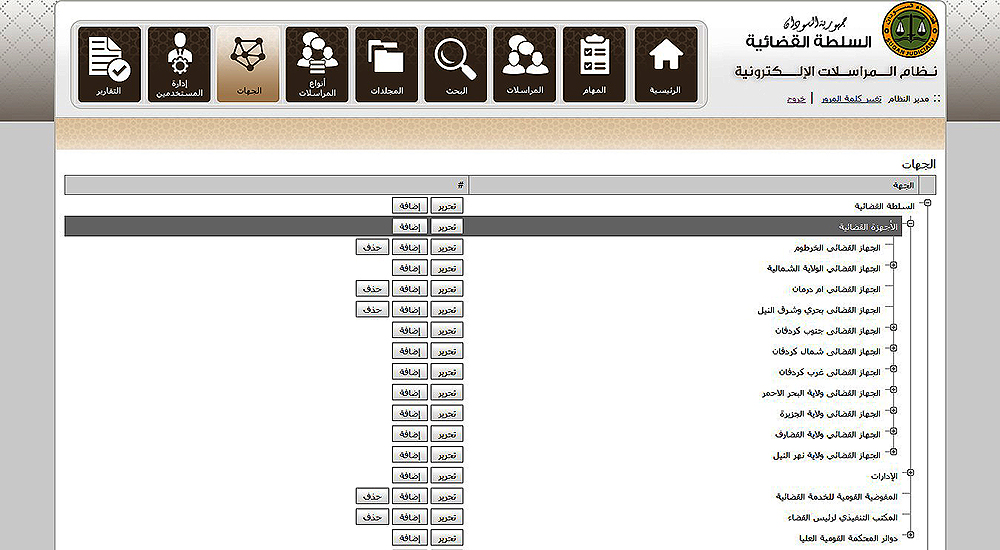Al Taqnyah Business Solutions is an application developer and system integrator, primarily working in specific market segments including public sector, government, judiciary and justice. Within Al Taqnyah, there are four business divisions including enterprise solutions, process consultancy, professional services, and networking infrastructure.
“Our specialisation is enterprise solutions,” says Mahdi Alami Hamdan, Al Taqnyah’s Technical Manager. When engaging with a potential client this covers all the domains of electronic transformation from portal development, form digitisation, process management, document management. In short, digitising or automating manual processes. For Al Taqnyah, the enterprise solutions division is its core business offering.
A key part of its ability to deliver for customers is based on its vendor technology competency. Al Taqnyah’s solutions are based on open source, Adobe and Microsoft platforms, amongst others. “It is the customer’s option to choose what they want,” explains Yassir Al Naeem, CEO of Al Taqnyah Business Solutions.
In the early stage, the target was to identify any institution that was wanting to migrate from conventional systems to automated systems. An early break came when Al Taqnyah was shortlisted by Dubai Courts for implementing its e-notary application, a first of its kind in the region. Working with Dubai Courts helped Al Taqnyah expand to other areas of the justice and judiciary system. Engaging with Dubai Courts also prompted Al Taqnyah to remain focused on automation, e-governance, integration, development, security solutions, amongst others.
Al Taqnyah is now into its ninth electronic transformation project with Dubai Courts, and the technology team managing the project is now the e-justice division within a bigger e-government division. “So now we are e-government experts and e-justice gurus,” quips Alami Hamdan, adding that this happened by chance.
Being based out of Dubai and working on projects for Dubai Court had a positive spin off for Al Taqnyah. “The fact that Dubai is leading these changes in the region gave us a good reference, since anyone looking for something new will come to Dubai,” says Al Naeem. Working on providing solutions for Dubai Courts proved a good reference and Al Taqnyah was chosen for the automation of Sudan Judiciary, under the government of Republic of Sudan.
“We have now finished phase one and we are about to start phase two, which is a bigger project because it covers automation in the whole judiciary system,” explains Al Naeem about their involvement with Sudan Judiciary. A larger population base and an increasing effort by governments to automate their processes, has encouraged Al Taqnyah to look at additional opportunities in Africa.
An important aspect of such automation projects inside Africa is the need to start from legacy systems and sometimes upgrade or modify them or coexist with them, while moving forward. Being a systems integrator, Al Taqnyah is able to meet this requirement and integrate with older systems that may be available at the start of such projects.
In the case of UAE and the Middle East, it is the other way around. With governments in various stages of moving from e-government to m-government to smart government, enterprise application and integration players like Al Taqnyah need to be able to straddle the full scope of these requirements.
Al Naeem points out that Al Taqnyah was one of the first companies in the UAE to be build the interface to directly retrieve digital encoded information from the Emirates ID card into a digital form. “We have been considering these points and the need to go forward and not to go back. Digital signatures and online signatures are well recognised and implemented within our solutions.”
At present, 85% of Al Taqnyah’s customer base is from the public sector.

Key takeaways
- Anyone looking for something new will come to Dubai
- If you have a process and it is already inefficient, it does not make sense to make it electronic
- It is the customers option to choose what they want
- It was not difficult to integrate and utilise what they had before and to make ready a platform to integrate any new services
- One of the major problems of public institutions is documents are scattered across the organisation and people spend more time searching for documents
- Our specialisation is enterprise solutions
- Restructuring process management is more challenging than systems integration
- Since we are the technology partner we will suggest a few changes to the process
- So now we are e-government experts and e-justice gurus
- The change management required was not a big challenge, which involved training people and convincing them that this is the future
- The fact that Dubai is leading these changes in the region gave us a good reference
- This helps identify whether you go from scratch or not
- We as consultants needed to advise them that you cannot automate unless you know what you want to automate
- We did process consulting to provide the basis for the long-term e-transformation and to get good visibility of what you are going to do in the future
- We have now finished phase one and we are about to start phase two, which is a bigger project because it covers automation in the whole judiciary system
- You cannot talk about e-transformation without talking about a centralised repository where all the documents end up
- You have to go for an as-is process, then modify it to to-be process, which means you have to go through each and every process with the client and view it with the client
- You will end up automating the bottlenecks

The end to end modernisation of the Sudan Judiciary project was divided into three phases. Phase one was initiated by Al Taqnyah in March 2015. Since it was a big project it was essential to break it down into phases to track and monitor the progress, and for the customer to validate the changes and benefits.
The project planning was done with the following two assumptions. The first was there was a significant change from conventional processes to automated processes. The second was that changes to a certain judicial process are not necessarily possible, since the process reflect the law and cannot be changed without changing the law. Hence any changes have to be made within the permission of the law.
Remarks Al Naeem, “The change management required was not a big challenge, which involved training people and convincing them that this is the future.” However, the technical training programme was kept separate from the user training programme. There was also a train the trainers programme support for a year.
Phase one of the Sudan Judiciary involved upgrade of the most important application involving land registration as well as development of new applications. The complete scope included the following: Online Portal; High Courts Case Registration and Management; Lawyer, Notary Information Management Systems; Land Registration System; Document Management System; and Correspondence Management System.
The overall phase one project therefore included new development, upgrade of an existing application, end to end integration, and single window access. Considering the limitations of working within defined judicial processes and older technologies, “It was not difficult to integrate and utilise what they had before and to make ready a platform to integrate any new services,” clarifies Al Naeem.
Process discovery
Before initiating the development or upgrade of any of the applications and the process of automation, it was essential for Sudan Judiciary and Al Taqnyah to go through an exercise called process discovery. Since the current state of procedures and processes within the Judiciary were not documented unambiguously through flow charts, this was a necessary step. Explains Alami Hamdan, “We as consultants needed to advise them that you cannot automate unless you know what you want to automate in very clear terms.”
Other than discovering and documenting the workflows unambiguously, such exercises also throws up the presence of bottlenecks for further deliberation. “If you have a process and it is already inefficient, it does not make sense to make it electronic. You will end up automating the bottlenecks.” However, any changes were to be within the scope of the processes as defined by the judiciary law.
The exercise of process discovery was a huge task with every process in every department being approached and discussed. The results of these discussions were documented as flow charts using standard business process management notation. The reasons for using this notation was to make it universally understood without ambiguity. “It is very important that the notations with which the processes are flow charted is being understood by everyone and everyone understands the same thing from it. This is the main objective behind process discovery,” stresses Alami Hamdan.
The documented processes using business process management notation were then sent to the customer, who either approved them or corrected them in an iterative manner. This led to the final picture of “knowing what we have” or the “as-is” situation. The scope of the project defined the “to-be” state. Comparison of the “as-is” with “to-be” presented the gap of what concrete actions are required to help move from “as-is” towards “to-be”.
Detailed gap-analysis gave Al Taqnyah answers of where the effort of modifying the as-is situation was more cost effective than creating new systems from scratch or the other way around. “We did process consulting to provide the basis for the long-term e-transformation and to get good visibility of what you are going to do in the future. This helps identify whether you go from scratch or not,” says Alami Hamdan.
Al Naeem explains this further. “Restructuring process management is more challenging than systems integration. You have to go for an as-is process, then modify it to-be process, which means you have to go through each and every process with the client and view it with the client. Since we are the technology partner we will suggest a few changes to the process, where it will make things more user friendly, secure, quicker, easier.”
With Al Taqnyah suggesting process changes, what are the benchmarks that Sudan Judiciary can use to benchmark improvement. In the past, the Judiciary may have averaged an X number of cases resolved over Y number of days. With conversion from conventional to automated systems the same X number of cases should be resolved in fewer number of days than Y. This allows the Judiciary to process more cases in the same number of Y days.
However, the most important change in automation is the specified number of days for each process step followed by an automatic escalation in case of delay, leading up to the highest level of Judiciary. “You cannot delay anything,” adds Al Naeem.
Portal
The first place for Al Taqnyah to start was to build a web based login access for the services available from Sudan Judiciary. While Sudan Judiciary had a web site, the requirement was to integrate old and new services and to provide secure access through a login and password. The open source Drupal technology platform was chosen to build the responsive portal thereby making it compatible with all types of connected devices. The themes used in the portal development were partly out of the box and partly customised.
“A portal is an access door. It is a door for employees and citizens into Sudan Judiciary, and to unify access to all applications and services. Based on my login and password I will have different access and different views to different services,” explains Alami Hamdan.
Land Registration System
From the citizen point of view this is the most important service being managed by Sudan Judiciary. With the large land mass of the country, systematically and effectively registering property rights and ownership is very important both from the legal point of view as well as to enable efficient citizen services. However, the existing application being used by the Judiciary had significant deficiencies. The process of completing a transaction did not have sufficient checks to reverse a failed transaction. There was no inbuilt payment gateway for deposit of fees and there was no inbuilt SMS system to keep faraway citizens updated on the status of their registration.
While making these changes Al Taqnyah also faced the challenge of not having access to the source code documentation. Notwithstanding these challenges Al Taqnyah successfully completed the upgrade of this application, without modifying the layout of the user interface. “We did not rebuild the system since it would have had a major business impact,” adds Alami Hamdan.
Lawyer and Notary Information Management Systems
After the Land Registration System, this is the next most important application for citizen access and use. It is a database that provides the legal status of every registered lawyer and notary in the country. To prevent fraud across the large mass of the country, only the most experienced lawyers have the right to appear as notaries across the country. The application manages the latest information about lawyers and their notarisation authority. Moreover, other application systems within the Judiciary are also linked to this one to internally cross check the status of the named notary.
High Courts Case Registration and Management
This is an online application system to file a legal petition at the High Court level. This is a core business system with three levels of inbuilt stepwise litigation. The petition is registered online with attachments uploaded and the electronic payment completed. The automated petition process may be accepted, modification requested, or rejected with SMS notifications.
Document Management System
Present day document management systems play multiple key roles. They build the metadata for any internally generated documents including emails, scanned documents, and other electronic content files. Using the attached metadata, they systematically archive the documents so that they can be centrally governed and administered. By executing these functions, they also make the documents searchable and retrievable.
“You cannot talk about e-transformation without talking about a centralised repository, that is well governed and secure, where all the documents end up. One of the major problems of public institutions is documents are scattered across the organisation and people spend more time searching for the documents trying to look for content,” says adds Alami Hamdan.
There are two feeds into the Sudan Judiciary Document Management System. The first feed is from electronic documents being generated from either present-day applications or future applications. Documents from future applications will also be integrated with the Document Management System as the applications go live. The second feed is from scanned images of older conventional documents being added into the system. “At the end, you have a single view of both of them, both have the same metadata and both can be searched.”
Correspondence Management System
This is the official internal and external mail management system for Sudan Judiciary. Emails are not regarded as official since they can be deleted and modified. Moreover, they do not follow an internal hierarchal system. Correspondence Management System issues a unique identification number for every correspondence including paper documents. “This enforces the orgnisational structure and provides a platform for official communication.”
Next phase
Sudan Judiciary follows a centralised and hybrid architecture for its applications with Sudatel as the hosting and networking services provider. The network connectivity is point to point. The Document Management System has been built as a high availability system with load balancing and failover. And the next phase of implementation does include disaster recovery.
An important consideration during selection of the technology platforms for implementation was the ongoing high-technology embargo restricting Sudan. “That was one of the problems which we had and we had to think of when we were building the solution. We did not have the same comfort like in other places,” elaborates Alami Hamdan.
The successful closure of phase one of implementation has led to phase two being awarded to Al Taqnyah as well. “We are about to start phase two, which is a bigger project because it covers automation in the whole judiciary system,” remarks Al Naeem. Based on the in-depth and long standing successful engagement with Dubai Courts, it will not be long before Al Taqnyah adds a similar relationship from the African continent to its customer portfolio.
Summary of applications
Portal
This is an online window over Sudan judiciary and a centralised entry point for all its electronic services including Petition registration, Electronic payment, Case Follow-up, Notary Validity check, Legal Library. This application was built from scratch on top of a content management system.
Land Registration System
This system was already in place but demonstrated technical and functional issues. This was restructured and upgrade with the introduction of transactions and implementation of new features, e-payment and notifications through email and SMS. This was an upgrade of an existing system.
Lawyer, Notary Information Management Systems
A centralised information system about lawyers and the validity of their notary authority all through Sudan. This system automatically feeds other systems with the most up to date information about lawyers, notary. This application was built from scratch.
High Courts Case Registration and Management
A system automating judicial case management from petition registration till verdict announcement spanning petition registration, electronic payment, auditing, notifications and integration with civil register. This application was built from scratch.
Document Management System
This is a centralised repository of Sudan Judiciary documents scanned manually or generated through previously listed systems. This was a packaged solution that was implemented and integrated with other systems.
Correspondence Management System
This is a system to manage official correspondence of Sudan Judiciary. It allows enforcing organisational structure communication rules and provides legal compliance in terms of correspondence record management and auditing. This application was built from scratch.

